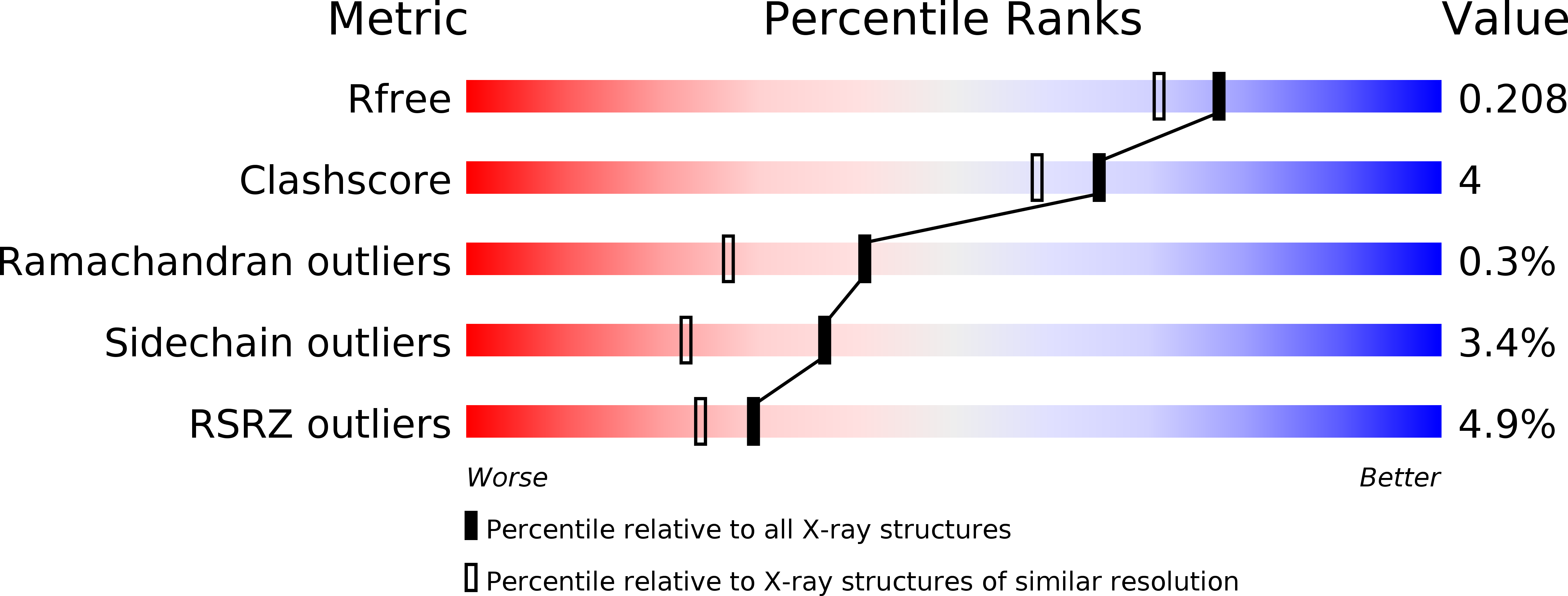
Deposition Date
2004-11-15
Release Date
2005-02-08
Last Version Date
2024-10-30
Entry Detail
PDB ID:
1VPR
Keywords:
Title:
Crystal structure of a luciferase domain from the dinoflagellate Lingulodinium polyedrum
Biological Source:
Source Organism:
Lingulodinium polyedrum (Taxon ID: 160621)
Host Organism:
Method Details:
Experimental Method:
Resolution:
1.80 Å
R-Value Free:
0.23
R-Value Work:
0.19
R-Value Observed:
0.19
Space Group:
P 21 21 21


